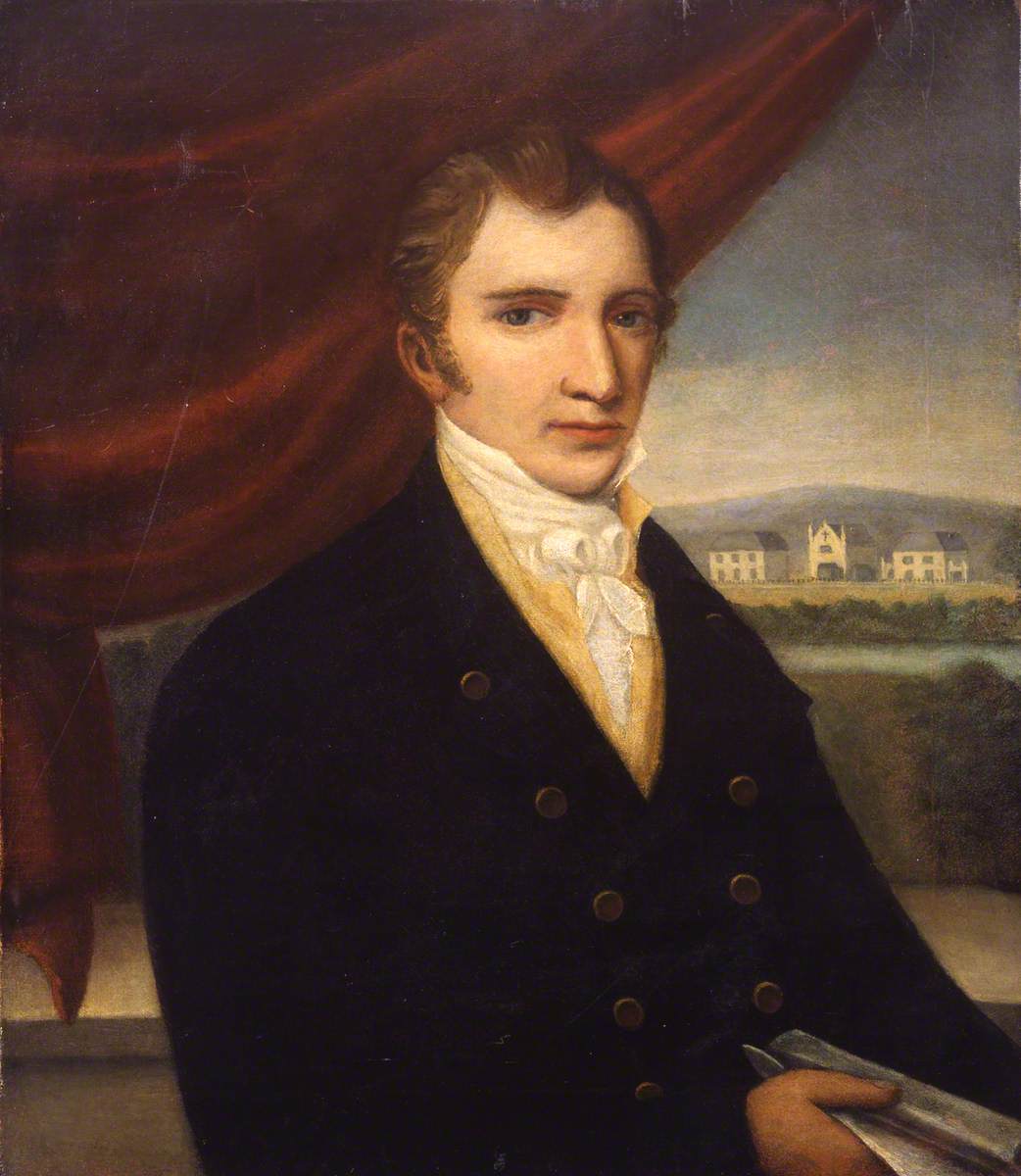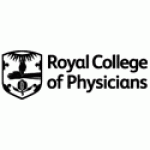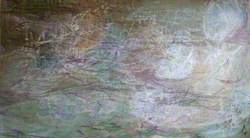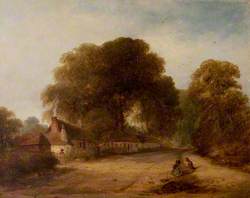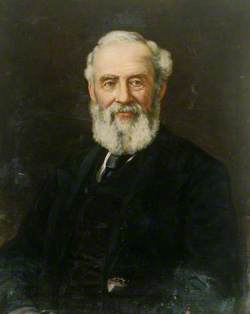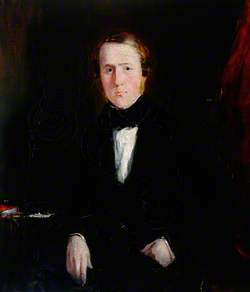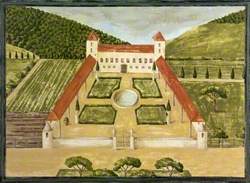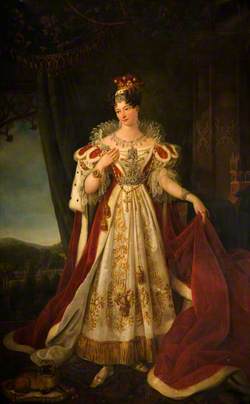How you can use this image
This image is available to be shared and re-used under the terms of the Creative Commons Attribution-NonCommercial-NoDerivatives licence (CC BY-NC-ND).
You can reproduce this image for non-commercial purposes and you are not able to change or modify it in any way.
Wherever you reproduce the image you must attribute the original creators (acknowledge the original artist(s) and the person/organisation that took the photograph of the work) and any other rights holders.
Review our guidance pages which explain how you can reuse images, how to credit an image and how to find more images in the public domain or with a Creative Commons licence available.
DownloadNotes
Add or edit a note on this artwork that only you can see. You can find notes again by going to the ‘Notes’ section of your account.
Matthew Baillie (1761–1823) was a renowned pathological anatomist. His groundbreaking study 'Morbid Anatomy of the Human Body' (1793) explored the symptoms of disease, and he gave the first clinical descriptions of gastric ulcer and chronic obstructive pulmonary emphysema. He also presented one of the clearest descriptions ever written on the pulmonary lesions of tuberculosis. In 1790 Baillie became a fellow of the Royal College of Physicians, and in 1810 was appointed physician-extraordinary to George III. Baillie was the nephew of the physician William Hunter, who established a famous anatomy school at Great Windmill Street, London. After Hunter’s death in 1783 Baillie was given control of the school and became a very successful teacher.
Title
Matthew Baillie (1761–1823)
Date
19th C
Medium
oil on canvas
Measurements
H 71.1 x W 61 cm
Accession number
X211
Acquisition method
unknown acquisition method
Work type
Painting
